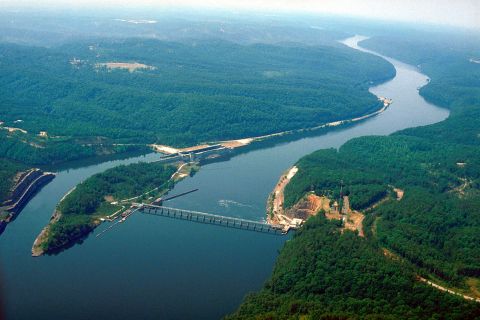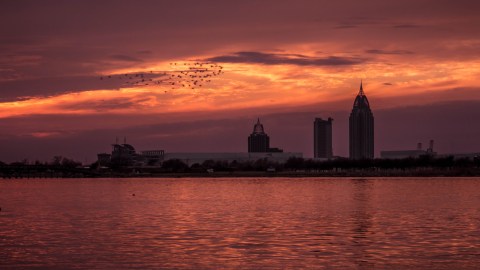Here Are The 12 Most Incredible Natural Wonders In Alabama
In Alabama, we’re fortunate to have natural beauty surround us. Stunning waterfalls, majestic mountains, beautiful caves and towering forests are just a few examples of beautiful scenery that’s scattered throughout this great state.
There are many incredible places in Alabama to explore, and listed below are 12 natural wonders that are definitely worth checking out.
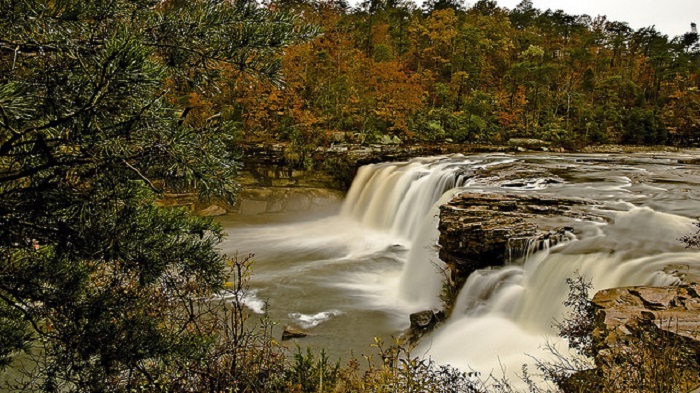
Little River Canyon National Preserve is located atop Lookout Mountain near Fort Payne, Alabama. This nearly 14,000-acre preserve protects the Little River--what is sometimes referred to as the nation's longest mountaintop river. This lovely canyon is sometimes said to be the deepest canyon east of the Mississippi River.

Cheaha Mountain, located a few miles northwest of the town of Delta in Cheaha State Park, is part of the Talladega Mountains. At 2,407 feet above sea level, this beautiful mountain is the highest natural point in Alabama and was opened to the public as a state park in 1939.
Advertisement
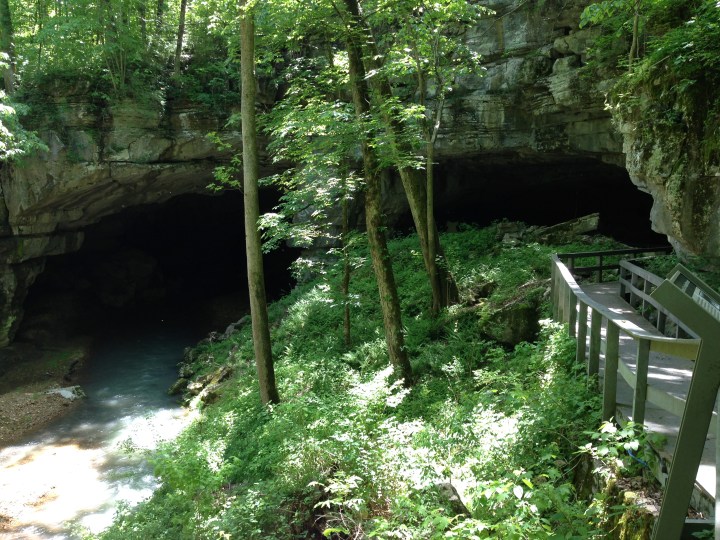
The Russell Cave National Monument, established in 1961, is located near Bridgeport, Alabama and was listed on the National Register of Historic Places on October 15, 1966. At a length of 7.2 miles, Russell Cave is the third longest mapped cave in Alabama. It's ranked the 90th on the United States Long Cave List, and it's currently listed as number 314 on the World Long Cave List. What makes Russell Cave interesting is the fact it was used as a shelter by prehistoric Indians from the earliest known human settlement in the southeastern United States. Human remains have been found by archaeologists that may date back more than 8,000 years.
Advertisement
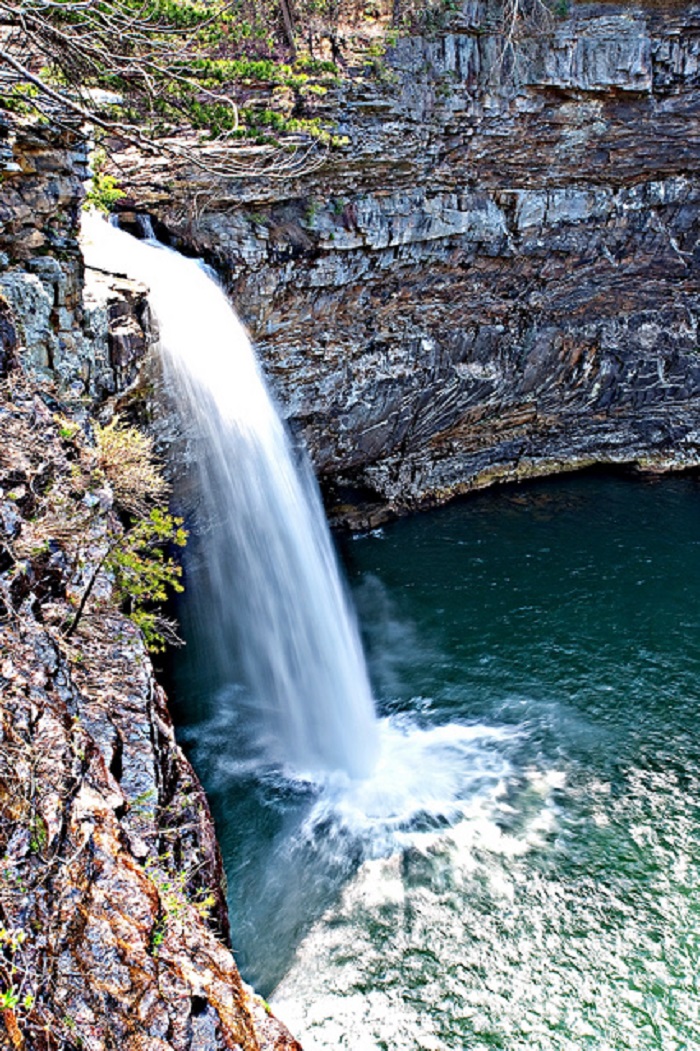
DeSoto Falls, located on the outskirts of Mentone, Alabama in DeSoto State Park, is a magnificent waterfall that plunges more than
100 feet. This waterfall is one of the most beautiful in the South, and it's also one of the most visited in Alabama.
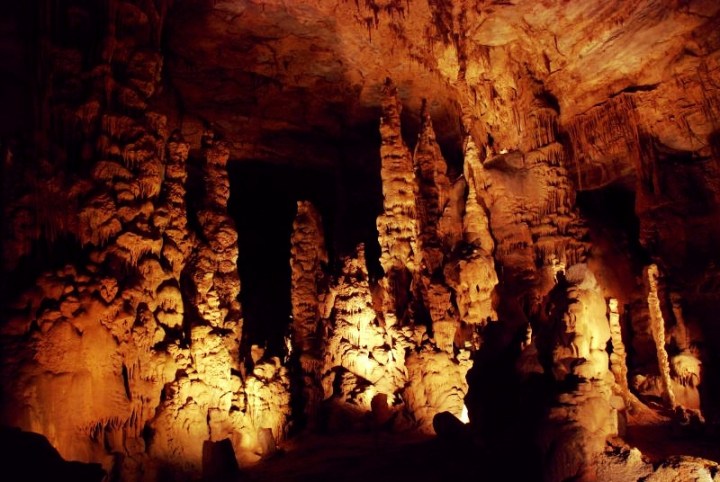
Cathedral Caverns is the main feature of Cathedral Caverns State Park, which is located in Marshall County near Woodville. The cave is actually located in Kennamer Cove, which is near the town of Grant. Cathedral Caverns, originally called "Bats Cave," was first developed in the 1950s as a tourist attraction. In 1972, it was declared a National Natural Landmark. It finally opened as a state park in 2000. According to archaeologists, Native Americans occupied the cave as recently as 200 years ago, and maybe as early as 7000 BCE.
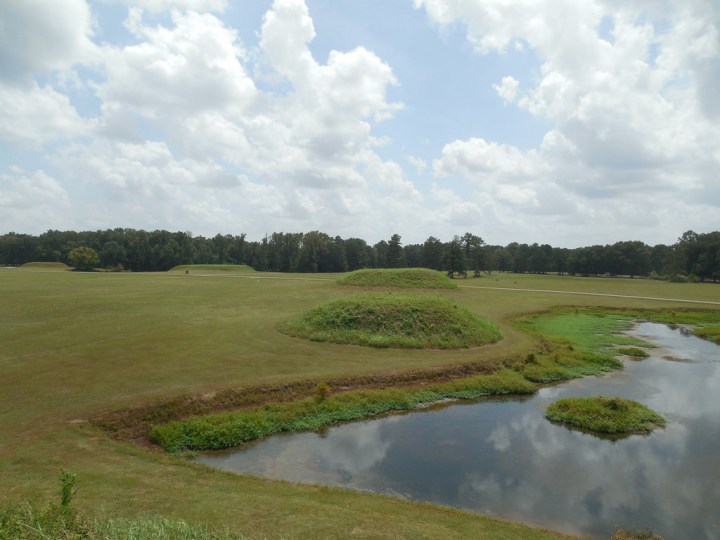
Moundville Archaeological Park, located on the banks of the Black Warrior River near Tuscaloosa, Alabama, contains the remains of one of the largest prehistoric Native American settlements in the United States. This prehistoric site was occupied for more than three centuries until it was finally abandoned during the sixteenth century. Today, this historic park surrounds the original site, with its large mounds arranged around an open area. Approximately 40,000 people visit Moundville Archaeological Park each year.
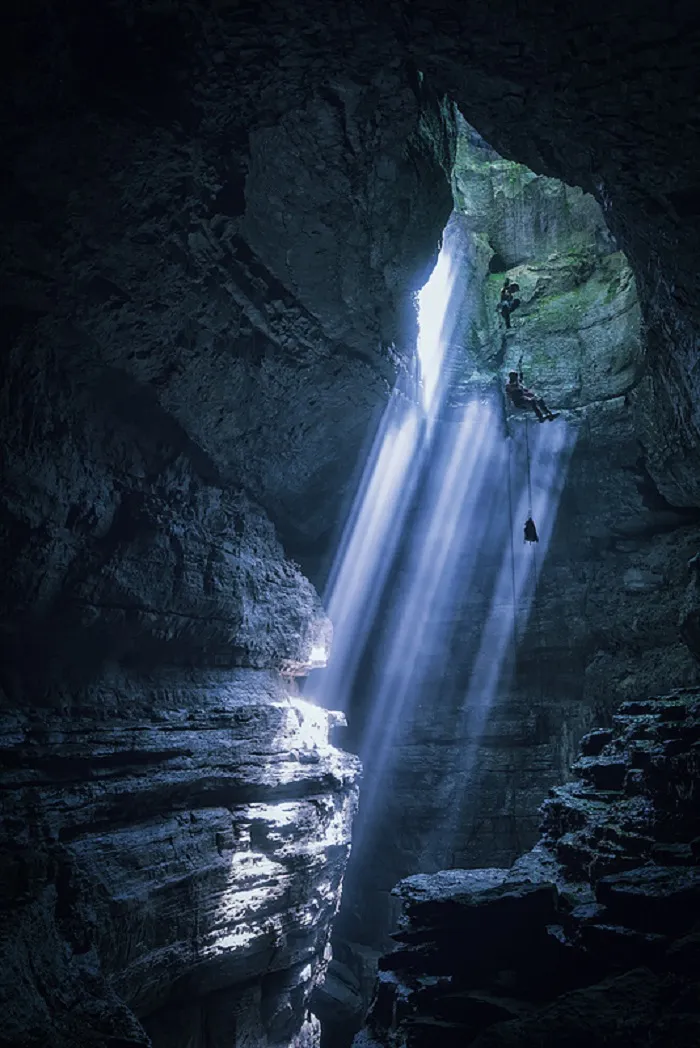
One of the most popular caves in the Southeast is Stephens Gap. Stephens Gap is a privately-owned cave in Jackson County, and the beautiful pit attracts cavers, while the huge entrance attracts hikers, photographers and outdoor enthusiasts. Stephens Gap also includes two stunning waterfalls.
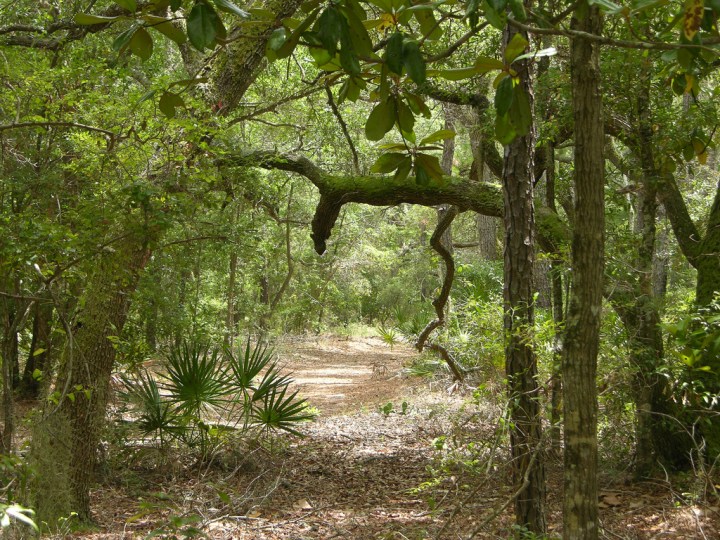
Established in 1980, Bon Secour National Wildlife Refuge is a 6,816-acre wildlife refuge that serves as a resting and feeding area for migratory birds, as well as a sanctuary for native flora and fauna. The location of Bon Secour National Wildlife Refuge is in five separate units in Baldwin and Mobile Counties, directly west of Gulf Shores, Alabama. This beautiful wildlife refuge happens to be one of the largest undeveloped pieces of land on the Alabama coast.
Advertisement

Rickwood Caverns is the main feature at Rickwood Caverns State Park, which is located in Warrior, Alabama. The massive cave contains limestone formations that are estimated to be 260 million years old. There's also evidence that the formations were created by water and the cave was carved from an ocean bed. Another thing that attracts visitors to Rickwood Caverns is the underground pool. It maintains a 58-62 degree temperature as you travel 175 feet beneath the earth.
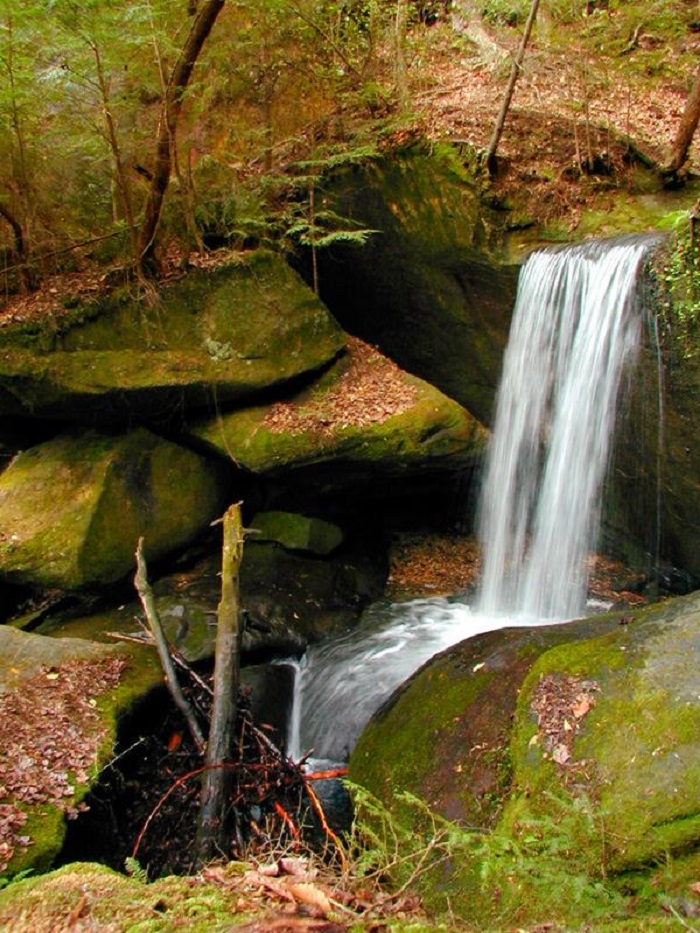
Dismals Canyon, located in Phil Campbell, Alabama, is an 85-acre nature preserve and one of only a few places where insects called dismalites can be found. This gorgeous canyon is home to six natural bridges and two stunning waterfalls - Secret Falls and Rainbow Falls. An interesting fact about the Dismals Canyon is several outlaws have supposedly hidden out here, including Jesse James. Dismals Canyon was declared a National Natural Landmark in May 1974.
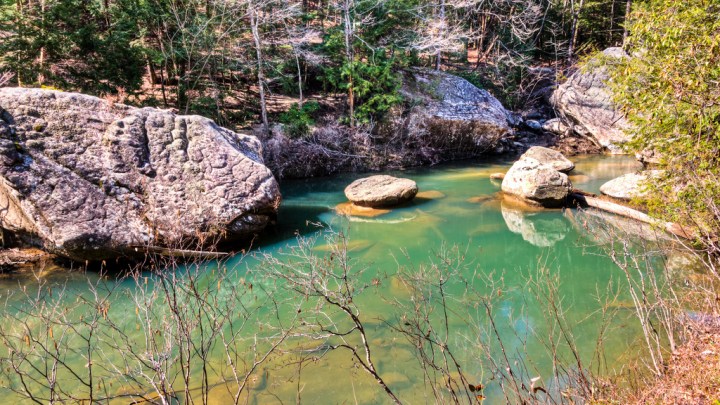
The William B. Bankhead National Forest, located in the Double Springs area and nicknamed "Land of a Thousand Waterfalls," is one of Alabama's four National Forests. This popular forest covers approximately 181,230 acres and is home to the state's only National Wild and Scenic River, the Sipsey Fork. Within the forest lies the beautiful Sipsey Wilderness, which is pictured above. Hiking, horseback riding, hunting, boating, fishing, swimming and canoeing are popular recreational activities at William B. Bankhead National Forest.

Noccalula Falls, a 90-foot waterfall that drops into the Black Creek ravine, is the main feature of Noccalula Falls Park, a 250-acre public park located in Gadsden, Alabama. This gorgeous waterfall is marked with a bronze statue of Noccalula, a young Cherokee woman who, according to legend, jumped to her death after her father demanded her to marry a man she didn't love.
Have you ever visited any of these natural wonders? What other natural wonders in Alabama are worth checking out? Please share your thoughts below!
OnlyInYourState may earn compensation through affiliate links in this article. As an Amazon Associate, we earn from qualifying purchases.


